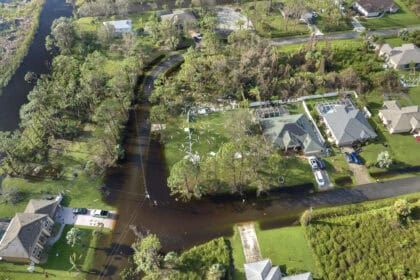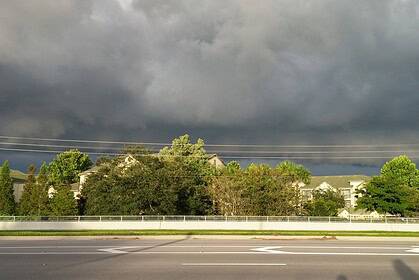
Nicole Iporre – Updated July 2, 2025, local time in New York
In Chile, we’re used to storm systems and cold fronts during the winter months. But can you imagine a place where the weather shifts abruptly, triggering severe thunderstorms at any time of year? That place exists — it’s called Florida, in the United States.
Florida, best known for its tropical beaches and theme parks, is a favorite vacation destination for millions. The state offers an endless variety of restaurants, entertainment, sports games like baseball and soccer, and outdoor concerts. But storms in Florida’s skies can form suddenly, forcing organizers to delay or cancel large events within minutes.
Why Florida’s weather is so unstable, according to science
First, it’s important to understand that Florida has a subtropical climate. This means there are no sharply defined seasons like in other parts of the U.S. — instead, warm temperatures and high humidity persist throughout the year.
That’s largely due to its geographic location. Florida is surrounded by both the Atlantic Ocean and the Gulf of Mexico, which, according to the NOAA, creates ideal conditions — heat and moisture — for frequent thunderstorm development.
According to the official tourism site Visit Florida, locals say the state only has two seasons: a wet season, from late May through late October, and a dry season, from November through April.
During the wet season, about 68% of the annual rainfall occurs. “Rain and thunderstorms are frequent, if not daily, and humidity levels peak during these months.”
In fact, according to Florida’s state authorities, thunderstorms occur between 75 and 105 days a year and can bring lightning, tornadoes, hail, strong winds, and torrential rain capable of causing flash floods.
Florida’s protocol for suspending sports events due to weather
Delays or cancellations of sports events in Florida are common, especially in cities like Miami, Tampa, and Orlando, where storms are more frequent during the wet season.
That’s why there’s a weather safety protocol established by the National Weather Service (NWS) and the National Football League (NFL) in case a storm threatens during a game.
The protocol states that matches must be immediately paused if lightning is detected within an 8-mile (13-kilometer) radius. Once the alert is issued, a 30-minute delay is enforced while players, coaches, and fans move to covered areas.
If lightning continues or a storm begins, the game is permanently suspended and must be rescheduled. If, after 45 to 60 minutes, it turns out to be a false alarm, the activity can resume as normal.










